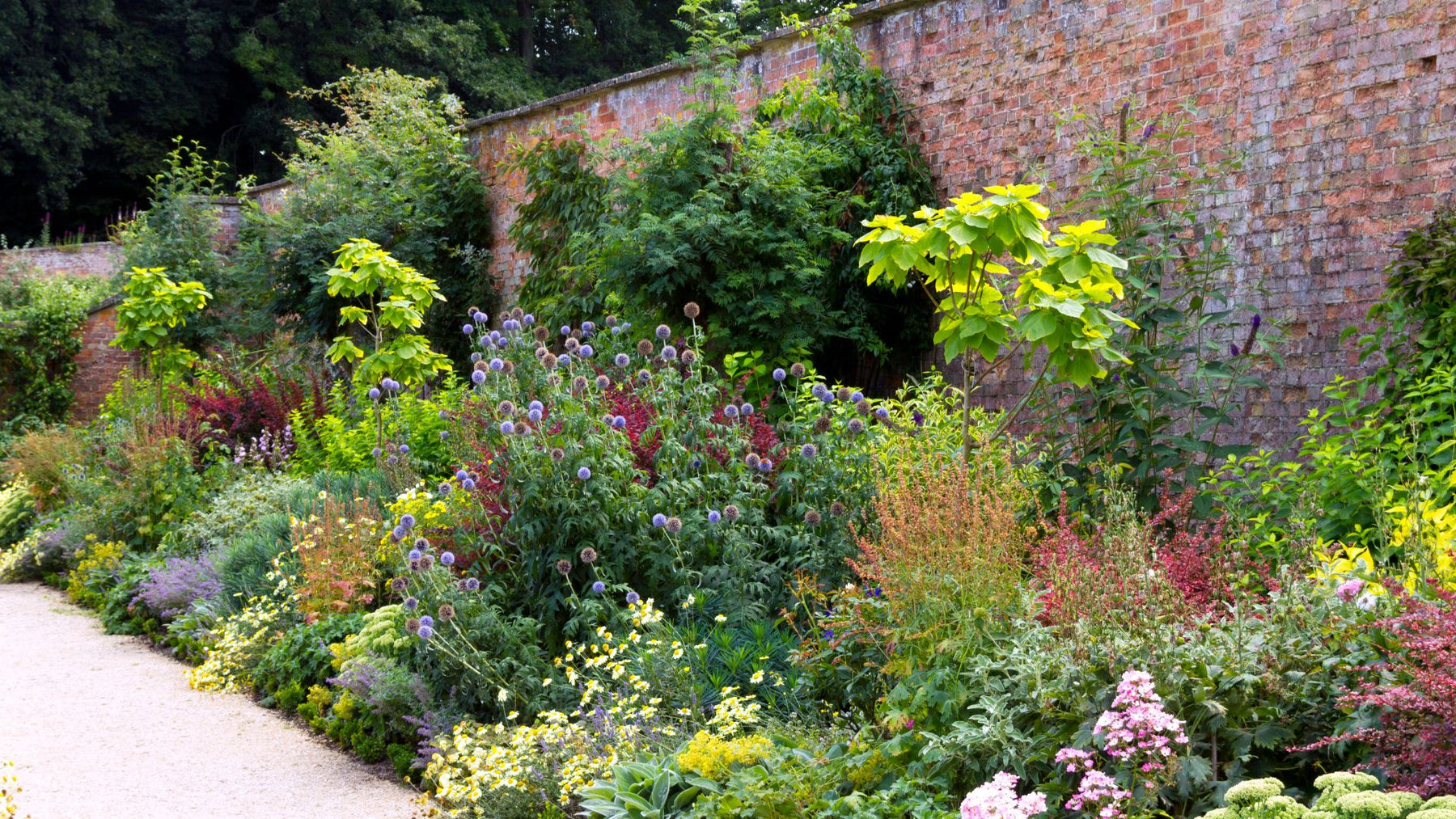
How to create beautiful garden borders using perennial plants
We love to grow perennials in our garden borders. For me they are often the unsung heroes of the garden - coming back year after year, giving bigger and better displays each time. They might not always be as showy as some of the bedding plants or bulbs on offer but they are real troopers in the garden and their value shouldn’t be underestimated.

There is a perennial for pretty much each and every spot in the garden – sun, shade, wet, dry, the right plant is out there just waiting to be found. There are perennials to add great height and structure at the back of the border – like Delphiniums, Digitalis or Eryngium, and then there are the tidy, compact little beauties perfect for the front of the border – like Pulsatilla, Aubretia, Erysimum to name but a few. There are perennial plants to create a more modern feel an then of course there are those romantic feeling perennials to create a traditional cottage garden look – all you need to do is simply decide the look you wish to create – or embrace it all, the choice is yours.
One of the best things about perennial plants for me is that they tend to be low maintenance and fuss free. A little time and effort spent selecting the right plant for the right place and giving them the best start will reward you with many years of pleasure.
DEAL OF THE MONTH
Perennial All Border 12 Plant Pack - Was £44.00 / Now £28.00
Containing plants for the front, middle and back of border create an everlasting perennial display.
Supplied as 12 x 6cm plants which are ideal for direct planting in the garden.
Providing the garden isn’t frozen or waterlogged you can start planting out your perennial plants now. It’s always worth taking a little time to prepare the border before planting – remove any weeds and make sure the ground is not compacted. Then select your spot and simply dig a little hole, slightly larger than root ball. We would recommend adding some slow release fertilizer at the time of planting, just to give them the best possible start. The great thing about a slow release fertiliser is that it will feed the plants for 4-6 months meaning you won’t need to worry again until Autumn. Fed N Done is perfect for the job. After planting make sure you give your new plants a good water.

There are a few golden rules to follow when you begin – make sure you give your new plants the space they will need in the end, they may be small at the beginning but they will be there for years to come and will need space to grow into. Keep your plants well watered in year 1, even those that are drought tolerant. Once established they will need less watering. Keep weeding between your plants in the first year, again, as they establish there will be less space for the weeds to grow so those days spent weeding are numbered!
